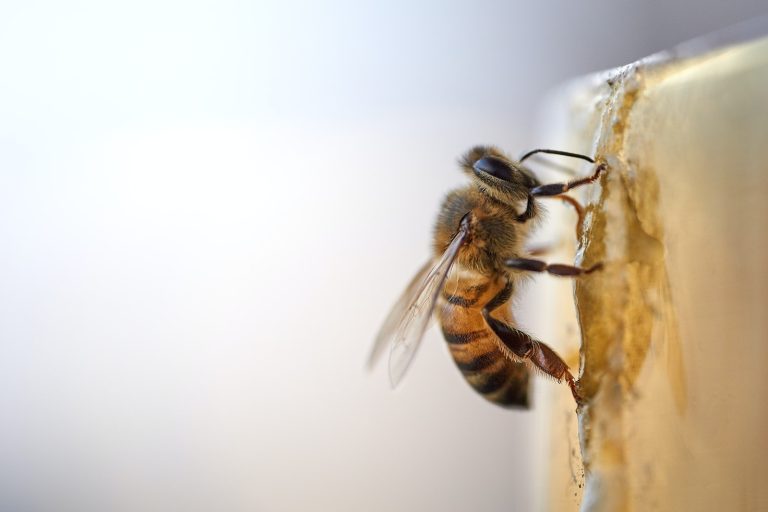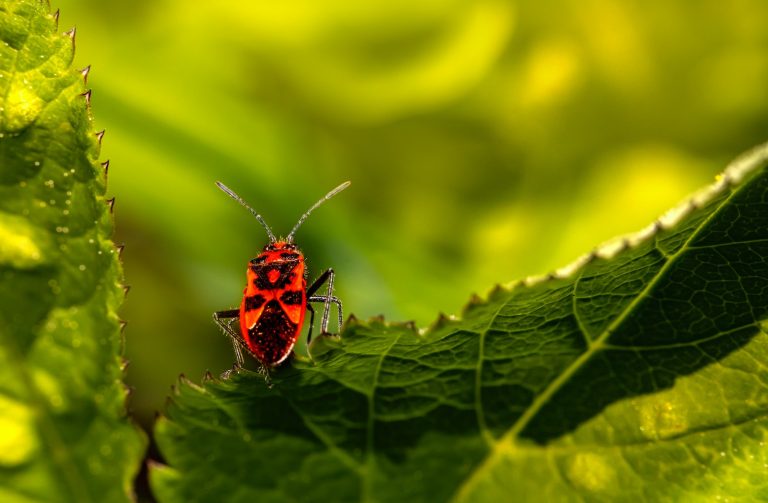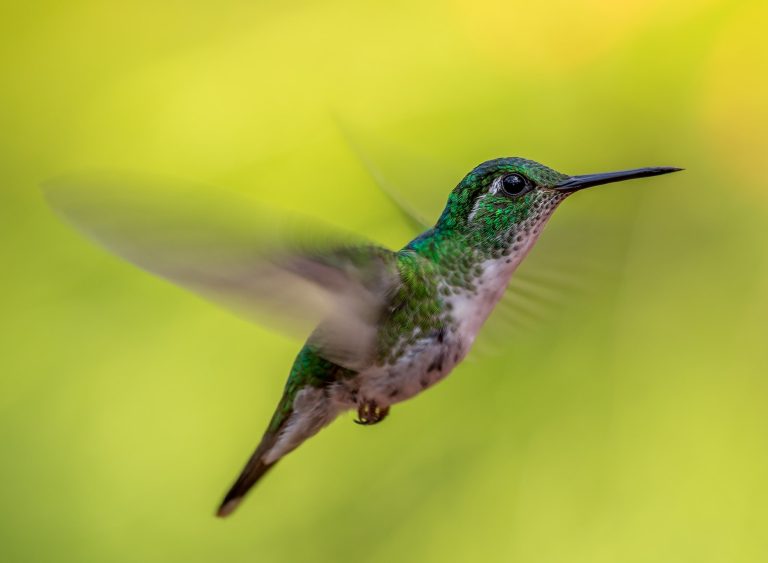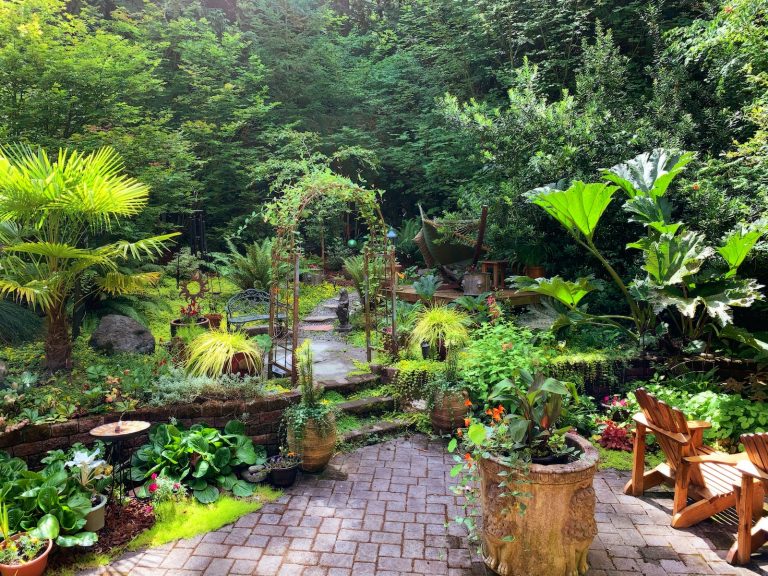Guide to Growing Fruits and Vegetables in Containers
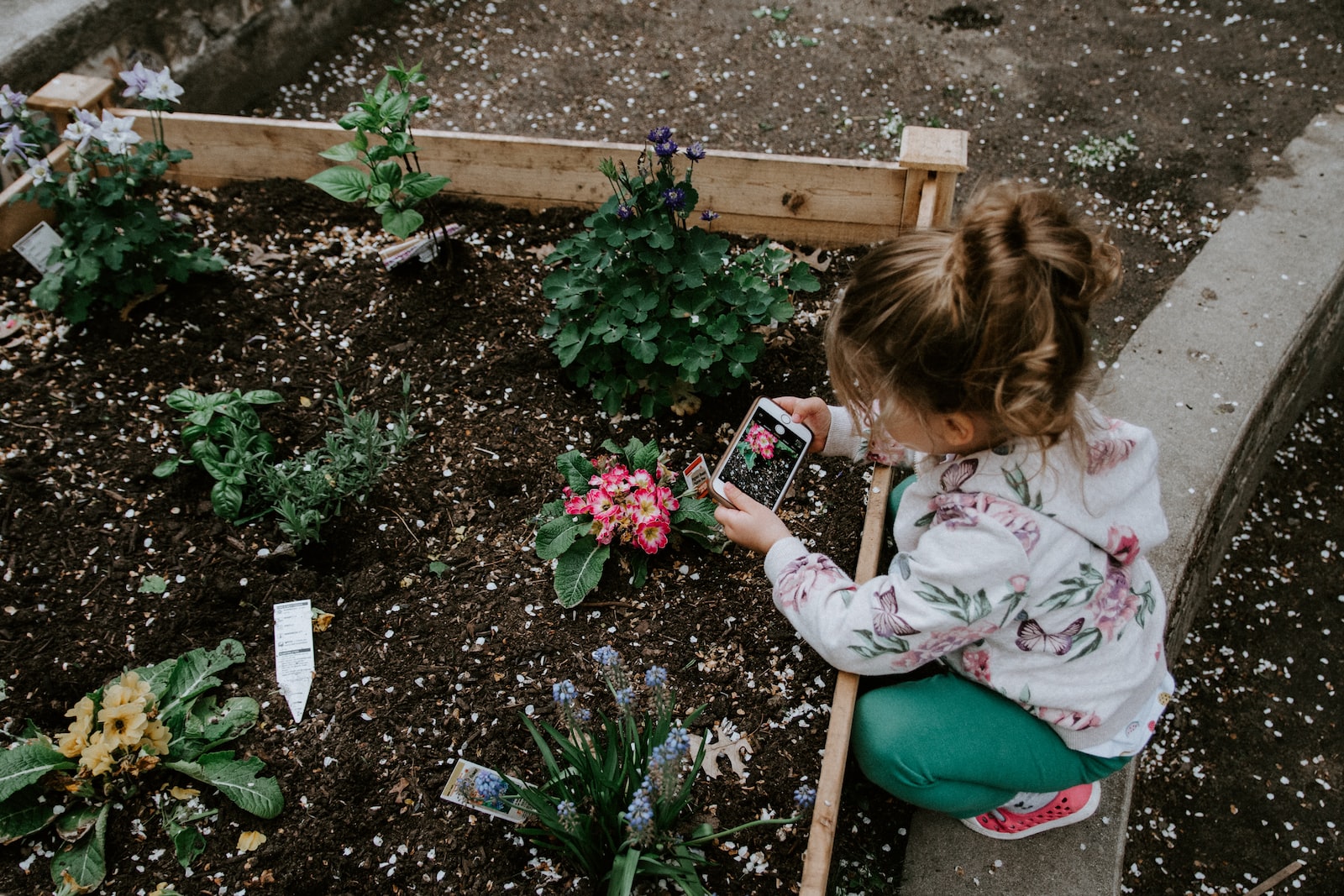
Are you short on space but still want to grow your own fresh produce? Or maybe you just don’t have access to a traditional garden plot. Whatever your situation may be, container gardening is the perfect solution!
With the right techniques and tools, you can grow bountiful fruits and vegetables in pots, buckets or any other kind of vessel. This Ultimate Guide will provide all the tips and tricks necessary for successful container gardening so that you can enjoy a delicious harvest right from your balcony or porch!
Growing Fruits and Vegetables in Containers
Gardening in containers is an easy and efficient way to grow your own fruits and vegetables, whether you have a small yard or no yard at all. All you need is a sunny spot, some soil, and a few containers.
There are many benefits to growing fruits and vegetables in containers. Containers can be placed on patios, balconies, or any other area that gets at least six hours of sunlight per day. This makes them perfect for small spaces or if you don’t have room for a traditional garden.
Container gardening is also great for those who want to get their hands dirty but don’t want to deal with the hassle of weeding a larger garden plot. Plus, container gardens are mobile, so you can move them around to find the perfect spot in your yard or rearrange them as the seasons change.
Perhaps the best part about container gardening is that you have complete control over the soil mix and amendments used in your garden. This means you can create the ideal environment for your plants to thrive.
If you’re new to container gardening, start with these essential tips:
Choose the right containers: Look for containers that are at least 12 inches wide and deep with drainage holes in the bottom. Terracotta pots are a classic choice, but any type of container will work as long as it meets these basic requirements.
Pick the right location: Place your containers in an area that gets at least six hours of sunlight per day.
Add the right soil: Use a high-quality potting soil that is specifically formulated for container gardening.
Mulch your containers: Add a layer of organic mulch to help keep moisture in and weeds out.
Water regularly: Container gardens dry out quickly, so be sure to check them daily and water as needed.
Benefits of Container Gardening
There are numerous benefits to growing fruits and vegetables in containers. Perhaps the most obvious benefit is that it allows those with limited space to grow their own food. Other benefits include the fact that container gardening can be done on balconies, patios, and other small spaces; it is perfect for those who have difficulty bending or kneeling; and it eliminates the need for weeding.
Additionally, container gardening can be used to create a microclimate, which is ideal for tender plants that require protection from frost or heat.
Choosing the Right Containers
When it comes to growing fruits and vegetables in containers, the choices of containers can seem endless. But with a little guidance, you can choose the right containers for your plants and ensure a bumper crop of healthy produce.
The first step is to consider what type of fruit or vegetable you want to grow. Some plants require more space than others, so it’s important to choose a container that will give them enough room to spread out. For example, tomatoes need plenty of space to grow, so a large pot or barrel is ideal. Conversely, small plants like herbs can be grown in smaller pots.
It’s also important to think about drainage when choosing a container. All plants need water, but too much water can be just as harmful as too little. Make sure your pot has drainage holes so that excess water can escape and roots won’t become waterlogged. If you’re not sure whether your pot has drainage holes, simply turn it upside down and look for them before planting anything inside.
Finally, consider the material of your pot. Pots made from porous materials like clay will dry out more quickly than those made from non-porous materials like plastic, so they’ll need to be watered more often. If you’re not sure which type of pot is best for your plant, ask at your local garden center or nursery.
Which Produce to Grow in Containers?
Containers are a great way to grow fruits and vegetables, but it can be tricky to know which ones will do well in smaller spaces. Here are some of the best options for growing produce in containers:
-Tomatoes: Tomatoes are a classic choice for container gardening, and they do well in a variety of container sizes. Just make sure to choose a determinate variety (which doesn’t continue to grow and produce fruit indefinitely) so that your plant doesn’t outgrow its space.
–Peppers: Peppers are another good option for container gardens. They come in a wide range of varieties, from sweet bell peppers to hot chile peppers, so you can choose the type that best suits your taste.
–Strawberries: Strawberries are a delicious addition to any container garden, and they’re surprisingly easy to grow. Just make sure to select a compact variety so that it doesn’t spread too much and take over your entire space.
–Cucumbers: Cucumbers are perfect for container gardens because they don’t require a lot of space to grow. You can even train them to climb up trellises or other structures if you want to save even more space.
-Salad greens: A mix of salad greens is always a good idea in any garden, including a container garden. Lettuces, arugula, spinach, and other greens all do well in smaller spaces.
Prepare the Soil for Growing Vegetables and Fruits
Assuming you are starting with a blank slate, preparing the soil for growing fruits and vegetables in containers is relatively easy. Here are the basic steps:
- Choose your container. It can be anything from a traditional pot to a recycled bin or bucket. Just make sure it has drainage holes and is at least 12 inches deep.
- Fill your container with a high-quality potting mix or soil-less mix. Do not use garden soil as it will be too heavy and compacted for your container.
- Mix in some organic matter such as compost or manure to help your plants grow.
- Water your soil thoroughly before planting. You want the mix to be moist but not soggy.
Now you are ready to plant! Just remember to give your plants enough room to spread out and choose varieties that are suited for growing in containers. With a little care, you can enjoy fresh fruits and vegetables right from your own backyard (or patio)!
Maintaining Your Container Garden
- Start with a clean slate. Sanitize your containers and gardening tools before you get started. This will help prevent the spread of disease and pests.
- Choose the right container. Make sure your container has drainage holes and is the appropriate size for the plant you’re growing.
- Use quality potting mix. A good potting mix will have a mixture of sand, organic matter, and peat moss to help ensure proper drainage and aeration.
- Don’t forget to fertilize. Containers need regular fertilization more than plants in the ground because they tend to dry out faster. Look for a fertilizer that’s specifically designed for containers and follow the directions on the package.
- Water regularly. Check your plants daily and water them when the soil feels dry to the touch. Container gardens can dry out quickly, so it’s important to keep an eye on them and water as needed.
- Keep an eye out for pests and disease. Inspect your plants regularly for signs of pests or disease and take action accordingly if you see anything suspicious .
Potential Challenges and How to Overcome Them
If you’re thinking about growing your own fruits and vegetables in containers, there are a few potential challenges you should be aware of. But don’t let these potential challenges deter you from giving it a try! With a little bit of planning and effort, you can overcome anything that comes your way.
One potential challenge is finding the right container for your plants. Make sure you choose a container that is the appropriate size and has good drainage. Otherwise, your plants will not thrive.
Another potential challenge is dealing with pests and diseases. This is especially true if you’re growing fruits and vegetables in close proximity to each other. Pests can quickly spread from one plant to another, causing serious damage. Diseases can also spread easily, so it’s important to keep a close eye on your plants and take action as soon as possible if you notice any problems.
The last potential challenge is dealing with extreme weather conditions. If it gets too hot or too cold, your plants will not do well. They may even die. Make sure you choose plant varieties that are well-suited for your local climate and provide them with some extra protection (e.g., shade cloth) during extreme weather conditions.
Conclusion
Growing fruits and vegetables in containers is a great way to enjoy the benefits of homegrown produce all year round. With the right container, plants, and setup, you will have no problem growing delicious fruits and vegetables in even the smallest of spaces.
All that is needed is your own personal passion for gardening and enough determination to give it a try. So why not start now by following our ultimate guide; with these tips on hand, you’ll be enjoying home-grown crops before you know it!

Emma is a talented writer and enthusiastic gardener who shares her passion for plants and gardening on HomeGardenBlog.com. With years of experience in home gardening, Emma has become an expert in everything from planting and harvesting to pest control and soil management.


